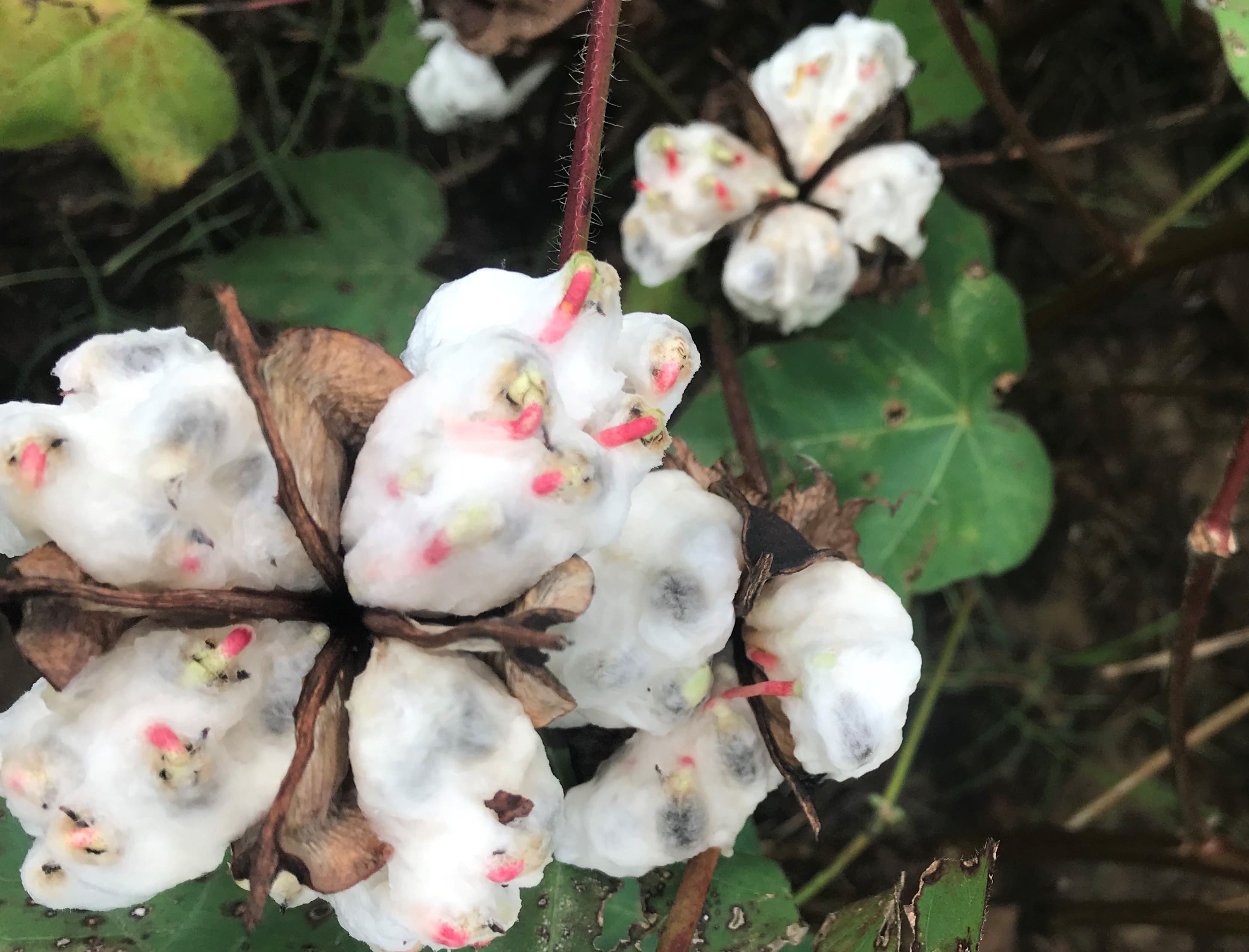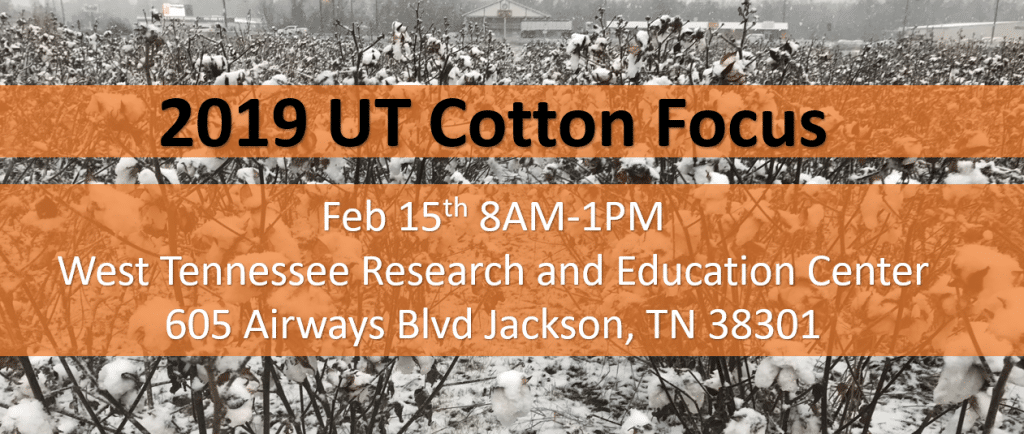 The 2019 UT Cotton Focus is tomorrow, Friday Feb. 15th. The meeting will be held at the West Tennessee Research and Education Center (605 Airways Blvd, Jackson, TN 38301).
The 2019 UT Cotton Focus is tomorrow, Friday Feb. 15th. The meeting will be held at the West Tennessee Research and Education Center (605 Airways Blvd, Jackson, TN 38301).
All posts by Tyson Raper, Cotton & Small Grains Specialist
2019 Cotton Focus, Feb. 15th at WTREC
 The 2019 UT Cotton Focus is only a few weeks away. This year’s meeting will be held at the West Tennessee Research and Education Center (605 Airways Blvd, Jackson, TN 38301) on Friday, February 15th. Registration begins at 8:00 AM with opening remarks beginning at 8:25 AM. This year’s event will feature a round-table on auxin herbicide stewardship and regulation as well as a general cotton specialists’ roundtable. Additionally, UT Specialists will be presenting information on managing resistant bollworms, variety selection, new diseases, and economic considerations for 2019, among other pertinent information. We will also have an update on boll weevil eradication and a report from the National Cotton Council. The meeting will close with a provided lunch. Pesticide re-certification and CCA points will be available. Look forward to seeing you there!
The 2019 UT Cotton Focus is only a few weeks away. This year’s meeting will be held at the West Tennessee Research and Education Center (605 Airways Blvd, Jackson, TN 38301) on Friday, February 15th. Registration begins at 8:00 AM with opening remarks beginning at 8:25 AM. This year’s event will feature a round-table on auxin herbicide stewardship and regulation as well as a general cotton specialists’ roundtable. Additionally, UT Specialists will be presenting information on managing resistant bollworms, variety selection, new diseases, and economic considerations for 2019, among other pertinent information. We will also have an update on boll weevil eradication and a report from the National Cotton Council. The meeting will close with a provided lunch. Pesticide re-certification and CCA points will be available. Look forward to seeing you there!
2018 TN Cotton Variety Trial Results now available (PB1742)
The tech-trait diversity in the top performers again highlights the excellent yield potential, stability and fiber quality currently available in commercial cultivars regardless of tech platform. Trial results reported from the 2018 season include 58 varieties entered into 7 Official Variety Trials (OVTs) and 18 varieties entered into 10 County Standard Trials (CSTs). Both OVTs and CSTs were scattered throughout TN’s cotton producing counties. Additionally, in-season plant measurements and multi-year yield averages were reported for the OVTs.
We will be releasing results from a June planted OVT later this winter, so keep an eye out for those results on this blog.
Special thanks to all those who participated and/or contributed to the program during the 2018 growing season, and look forward to seeing many of you during our 2019 meetings.
2019 Cotton Variety Guide
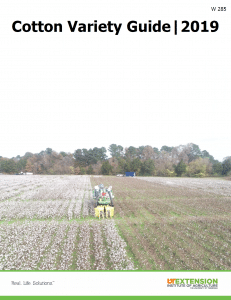 The 2019 Cotton Variety Guide is now available online. This document summarizes results from the 2018 University of Tennessee Cotton Agronomy program and serves as a precursor to a full release of trial results in PB 1742 to come within the next few weeks. Summary tables from the 2018 season were calculated from six Official Variety Trials (OVTs) and eight County Standard Trials (CSTs) scattered throughout TN’s cotton producing counties. To access the document click the adjacent image or the hyperlinks above or below.
The 2019 Cotton Variety Guide is now available online. This document summarizes results from the 2018 University of Tennessee Cotton Agronomy program and serves as a precursor to a full release of trial results in PB 1742 to come within the next few weeks. Summary tables from the 2018 season were calculated from six Official Variety Trials (OVTs) and eight County Standard Trials (CSTs) scattered throughout TN’s cotton producing counties. To access the document click the adjacent image or the hyperlinks above or below.
Special thanks to all those who participated and/or contributed to the program during the 2018 growing season.
When should I resume picking?
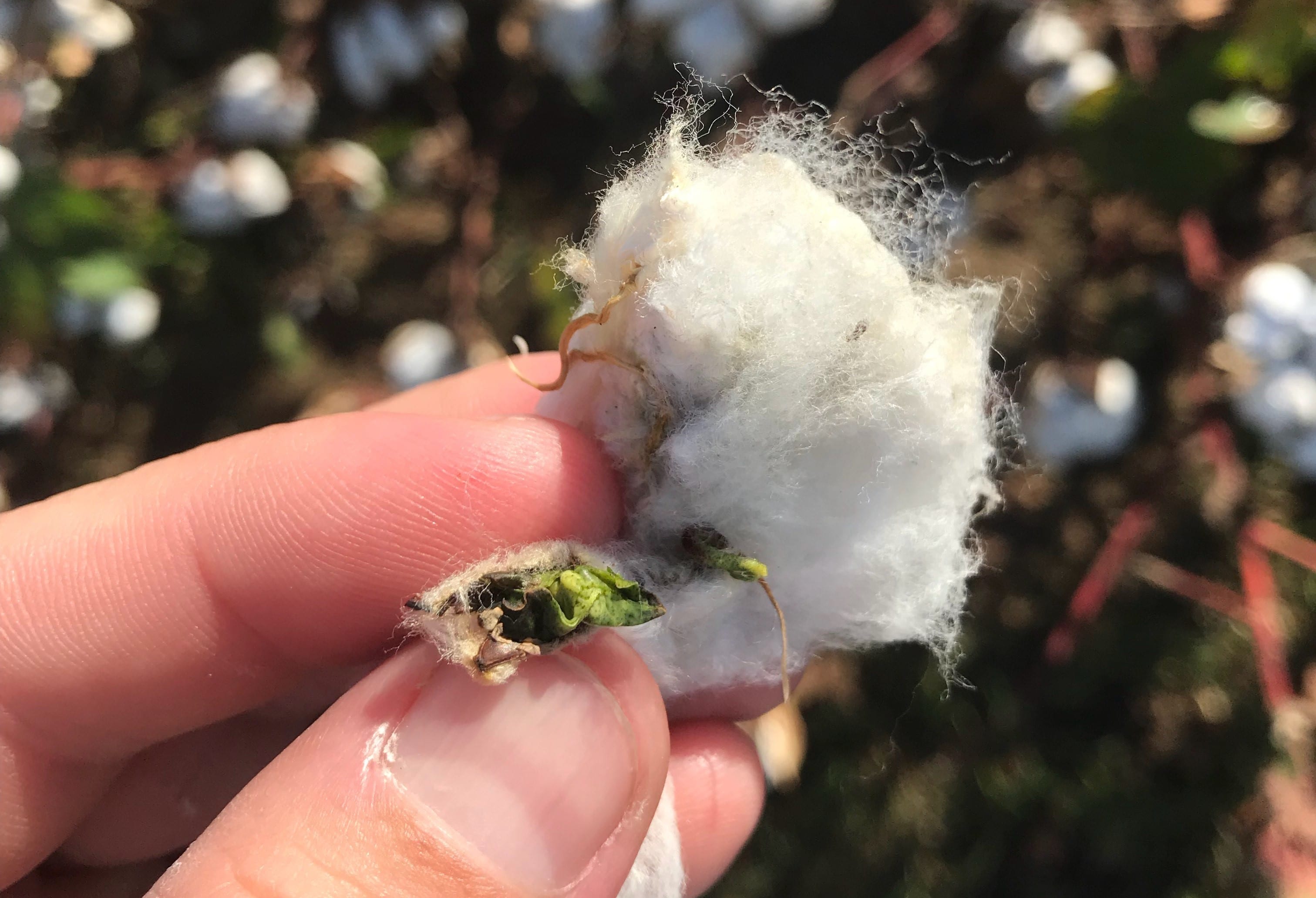 Weather over the past few days has allowed our cotton crop to dry down substantially. Still, it is unlikely the areas which noted sprouting will be dry enough to pick until mid-week (Oct. 3). In this post, I cover the factors to consider and potential impacts should you rush into harvest before the crop has sufficiently dried. Continue reading
Weather over the past few days has allowed our cotton crop to dry down substantially. Still, it is unlikely the areas which noted sprouting will be dry enough to pick until mid-week (Oct. 3). In this post, I cover the factors to consider and potential impacts should you rush into harvest before the crop has sufficiently dried. Continue reading
After sprouting: Protecting existing cotton fiber quality
The past six days of rain found the vast majority of our Upper-MidSouth cotton crop defoliated and open. Unfortunately, these conditions supported emergence of cottonseed while still within the boll- commonly referred to as sprouting. In this blog, I briefly cover best management practices to protect the existing fiber quality. Continue reading
Warm weather defoliation mixes (1 and 2 shot) with and without thidiazuron
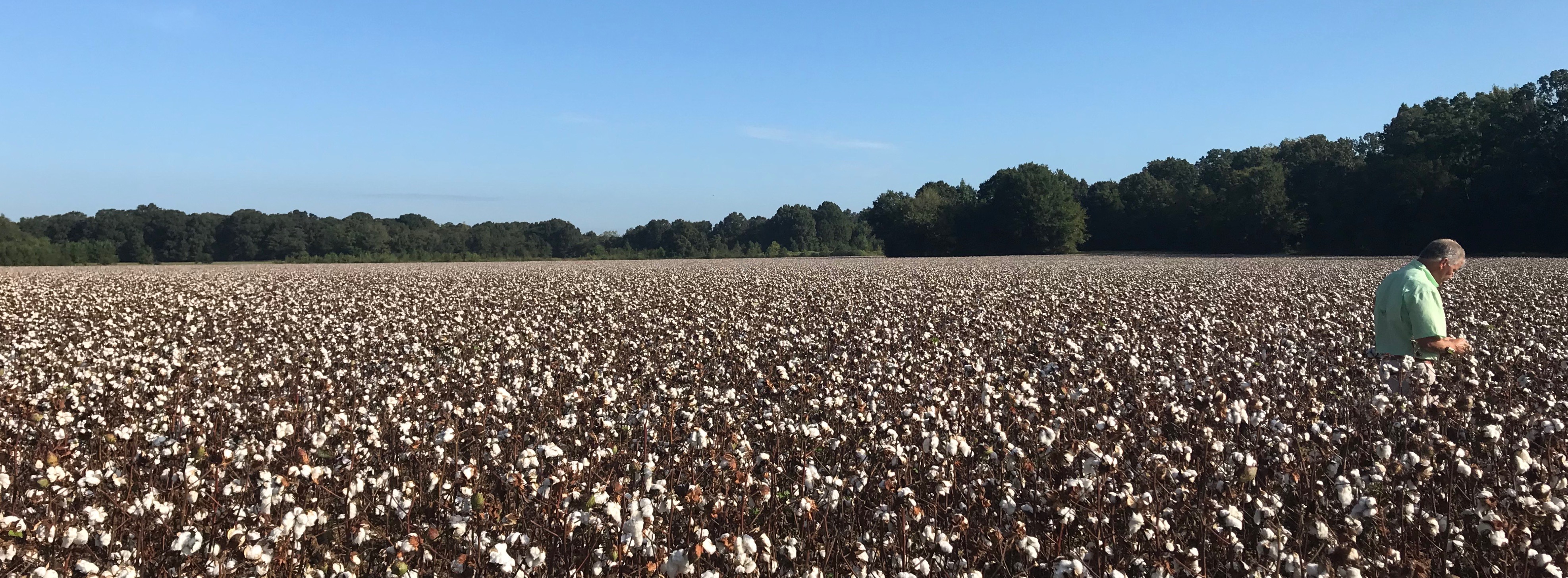 Our forecast for the next 7 days contains ideal conditions for defoliating and opening bolls. In this blog, I cover my current 1 and 2 shot go-to mixes and briefly describe how I would approach defoliation without thidiazuron. Continue reading
Our forecast for the next 7 days contains ideal conditions for defoliating and opening bolls. In this blog, I cover my current 1 and 2 shot go-to mixes and briefly describe how I would approach defoliation without thidiazuron. Continue reading
Prevention of Plastic Contamination
https://youtu.be/GKnNTc3Qmxw
Although US cotton currently has a reputation as one of the least contaminated sources in the world, USDA-AMS Cotton Programs reported more ‘other extraneous matter’ during 2017 than ever before- primarily due to plastic. Beginning in 2018, a new remark for plastic contamination will be included in the classing process. Unfortunately, the negative financial implications associated with receiving a plastic remark could potentially spread beyond a single bale. As a result, I’ve personally heard several refer to plastic contamination as the biggest single threat to the US cotton industry. Continue reading


